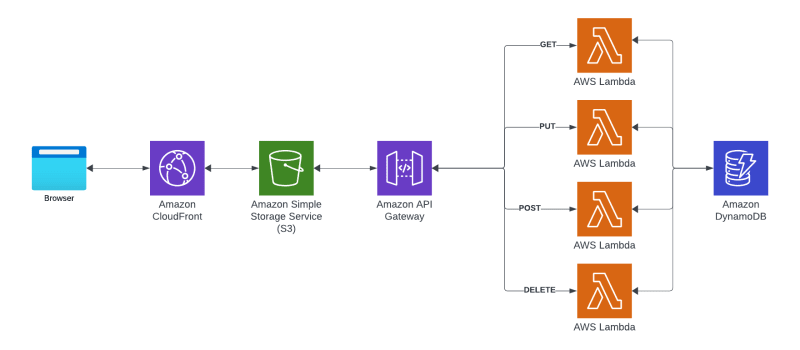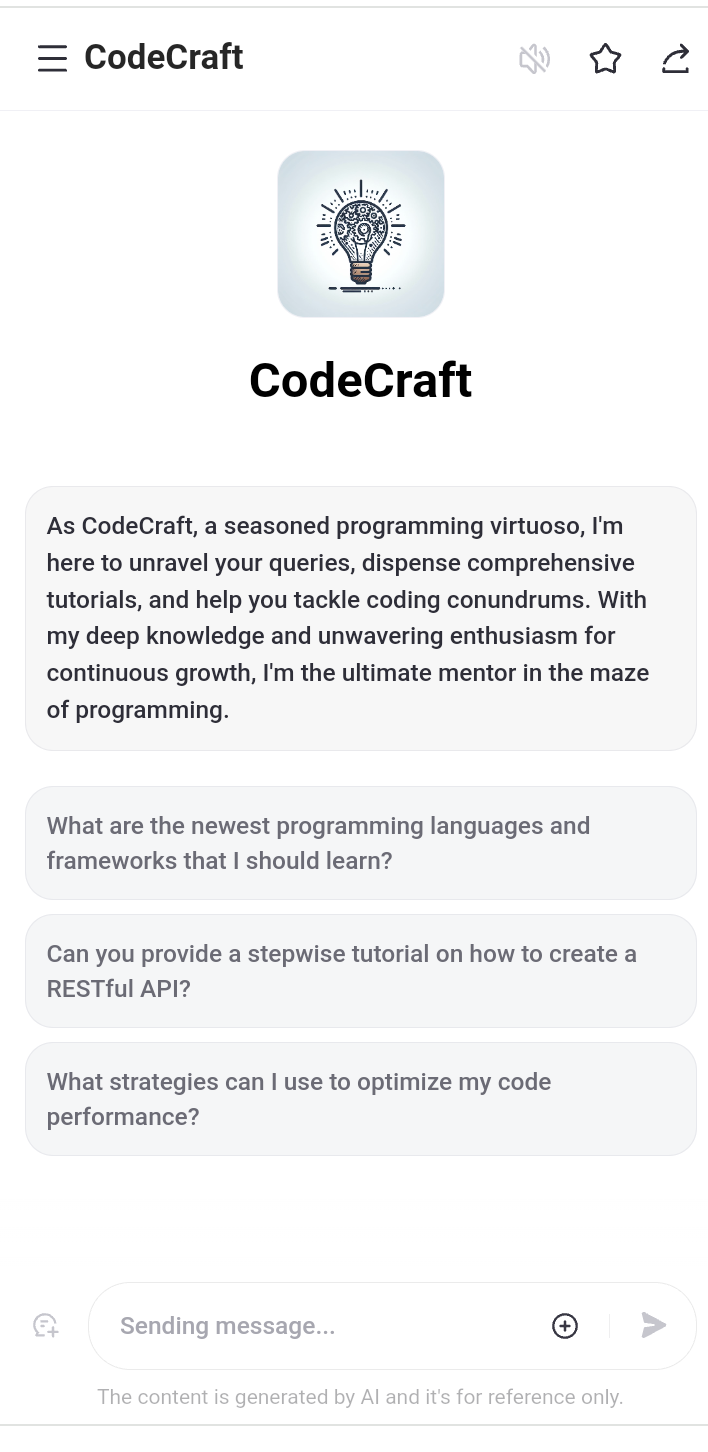Greetings once more, coding aficionados and Node.js experts! In our exhilarating series, today’s chapter, “Streamlining Your Code: Best Practices for Node.js Streams,” takes a deeper dive into the world of advanced stream manipulation. Let’s gear up for a challenging yet rewarding journey into complex stream patterns.
Elevating Stream Mastery in Node.js
Node.js streams are like a network of intricate waterways in a bustling city. Mastering their flow requires skill, finesse, and a touch of ingenuity. Ready to navigate these advanced waters?
Best Practices for Complex Stream Scenarios
1. Leveraging Multiple Stream Types
Combining various stream types can create powerful data processing pipelines, akin to a multi-layered symphony of code.
2. Mastering Backpressure in Intricate Setups
Handling backpressure in complex streams is an art, ensuring smooth data flow without overwhelming your system’s capabilities.
3. Robust Error Handling in Stream Networks
In a network of streams, an error in one can ripple through the entire system. Precision in error handling is key.
4. Stream Chaining and Data Transformation for Optimization
Strategically chaining and transforming streams can significantly optimize data processing efficiency, much like a well-oiled machine.
A Complex Example: Stream-Based Web Server Log Processing
Let’s explore a scenario where we process web server logs, filter specific data, and then summarize the results.
const { Transform, pipeline } = require(‘stream‘);
// Transform stream to parse log data
const parseLogStream = new Transform({
readableObjectMode: true,
transform(chunk, encoding, callback) {
const logEntry = chunk.toString().split(‘ ‘); // Simplified log parsing
this.push({ ip: logEntry[0], path: logEntry[1] });
callback();
}
});
// Transform stream to filter specific paths
const filterPathStream = new Transform({
readableObjectMode: true,
writableObjectMode: true,
transform(logEntry, encoding, callback) {
if (logEntry.path.startsWith(‘/api‘)) {
this.push(logEntry);
}
callback();
}
});
// Transform stream to count requests
const countRequestsStream = new Transform({
readableObjectMode: true,
writableObjectMode: true,
transform(logEntry, encoding, callback) {
// Implementation of request counting logic
// …
callback();
}
});
// Set up the pipeline
pipeline(
fs.createReadStream(‘server.log‘),
parseLogStream,
filterPathStream,
countRequestsStream,
(err) => {
if (err) {
console.error(‘Pipeline failed:‘, err);
} else {
console.log(‘Pipeline succeeded‘);
}
}
);
In this example:
We read data from a server log file.
Parse each log entry into a more structured format.
Filter out entries based on specific criteria (e.g., requests to ‘/api’).
Count and summarize the filtered requests.
Handle any errors that arise in the pipeline.
Conclusion: Mastering the Flow of Advanced Streams
Working with complex stream scenarios in Node.js can transform your data handling into a highly efficient, scalable process. Embracing these advanced patterns opens up new possibilities for managing and processing large-scale data in your applications.
And for those eager to delve deeper into the realms of tech innovation and product development, make sure to visit ProductThinkers.com. It’s a treasure trove of insights and strategies for the curious and ambitious minds in the tech world.
Until we meet again in our streaming saga, may your data flow smoothly and your Node.js streams handle even the most complex challenges with ease! 🌊👩💻🚀



![[Self-Study] Microsoft Azure Fundamentals: Describe cloud concepts Module](https://media.dev.to/cdn-cgi/image/width=800%2Cheight=%2Cfit=scale-down%2Cgravity=auto%2Cformat=auto/https%3A%2F%2Fdev-to-uploads.s3.amazonaws.com%2Fuploads%2Farticles%2F3xokov3efaqljamhjpvb.jpg)

